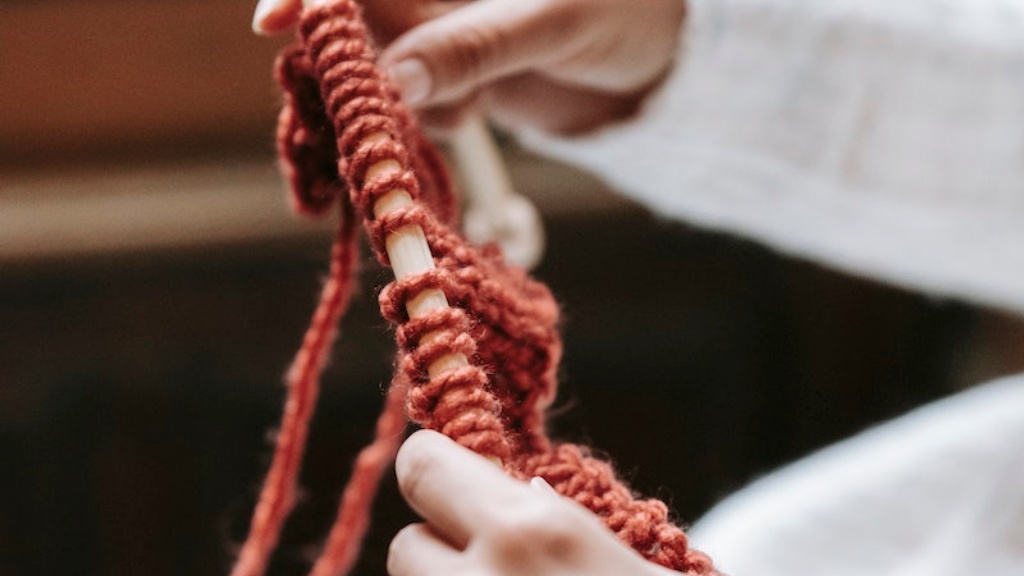Overview
The double stitch sewing machine is an incredibly versatile machine, capable of producing a wide variety of garments from designer fashion to everyday clothing. It’s been used by professional tailors and fashion designers for years and is increasingly popular for home use. It involves putting two parallel lines of stitches into the fabric, and is used for making binding edges, decorative effects, hems and finishes. The double stitch is also a great way to secure seams and provide extra strength when sewing. In this guide, we’ll be exploring the basics of using a double stitch sewing machine and the various techniques available.
Understand the Basics of Double Stitch Sewing
Before using a double stitch sewing machine, it is important to understand the basics. Firstly, double stitching requires two different needles that can be adjusted to create the same size stitches. The second step is to thread the machine, creating a zig zag pattern. The zig zag will ensure the two stitches are parallel with each other. The needle should be set to the longest stitch length, with the tension set to the loose side. This will ensure that the two stitches don’t overlap and that the fabric isn’t damaged.
Creating Bindings with Double Stitch Sewing
Creating bindings with a double stitch sewing machine is very simple. All you need to do is line up the two threaded needles and sew along the edge of the fabric. This will create an attractive, neat binding. It’s important to note that the two threads must be the same length and tension to create a binding that is parallel and even.
Decorative Effects
Double stitch sewing can be used to create attractive and decorative effects. Use contrasting colors of thread to create a beautiful and unique look. The machine can be set to sew any length stitch, ranging from very small to very large. The longer the stitch length, the more decorative the effect.
Hems and Finishes
Double stitch sewing can also be used to create hems and finishes. Hems can be created by sewing one line of stitches close to the fold and a second line of stitches on the other side of the fabric. This will ensure a neat and even hem. Finishes can be achieved by sewing two lines of decorative stitches around the edge of the fabric.
Seaming and Seams
One of the main benefits of double stitch sewing is the strength of the seams. Seaming can be done by putting two pieces of fabric right sides together, then joining them together with a double stitch. This will create a strong, secure seam which is far stronger than a standard single-stitch seam. When sewing seams, ensure the two stitches are even, with both sides of the seam being the same size. This will ensure a neat and even finished look.
Troubleshooting Double Stitch Sewing
If you’re struggling with double stitch sewing, there are a few things you can do to help. Firstly, ensure the two needles are at the same length and tension. If the two stitches don’t look the same size, then adjust the machine accordingly. Secondly, double check that the zig zag pattern is correct and that the needle is set to the longest stitch length. If the zig zag pattern is incorrect, then the two stitches may not be parallel. Finally, be sure to test the stitch by sewing a few stitches on a spare piece of fabric.
Selecting the Right Fabrics
When selecting the right fabrics for double stitch sewing, it’s important to consider the weight and thickness of the fabric. Heavier and thicker fabrics will require a longer stitch length, while lighter and thinner fabrics may require a shorter stitch length. It is also important to select fabrics with a low stretch, as this will ensure the finished garment looks neat and even. Some fabrics may require special needles and settings in order to be sewn correctly.
Advanced Techniques
Once you’re comfortable with the basics of double stitch sewing, you can begin to experiment with advanced techniques. Try creating decorative effects and patterns, combining two colors of thread for an interesting effect. You can also experiment with different stitch lengths, exploring how small or large stitches affect the look and feel of the garment. The possibilities with a double stitch sewing machine are truly endless.


